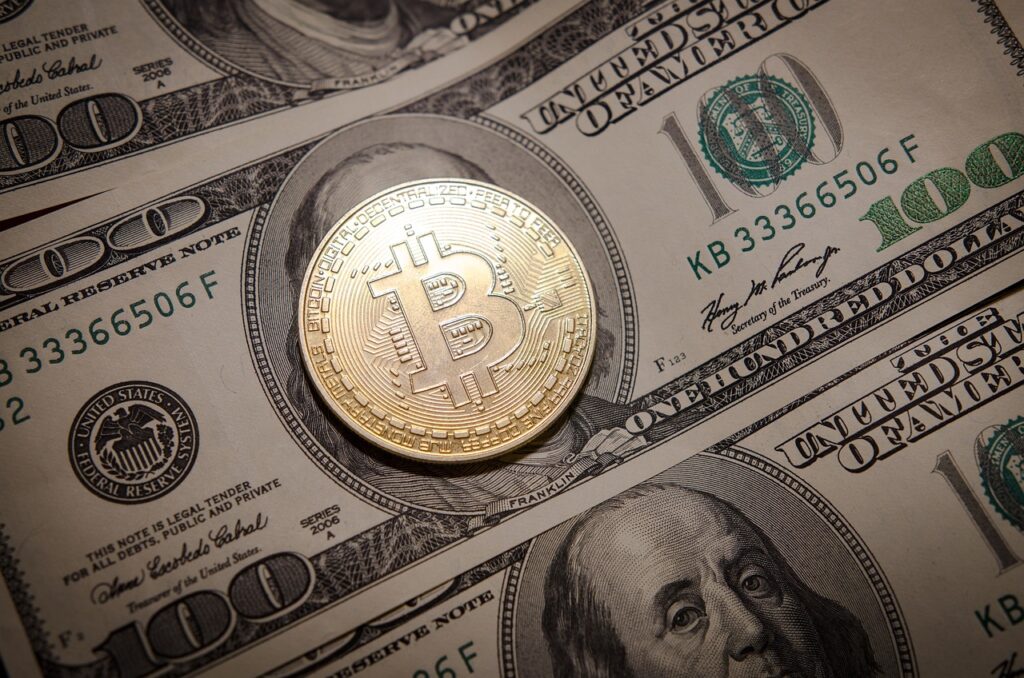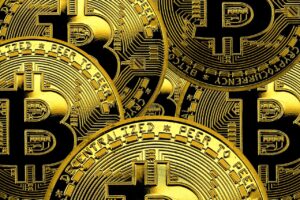The DeFi Ecosystem: Exploring DApps, Protocols, and Platforms
The DeFi Ecosystem: Exploring DApps, Protocols, and Platforms

Analyzing the Interoperability of DeFi Protocols and Platforms
Decentralized Finance (DeFi) has gained significant traction in recent years, offering a range of financial services through blockchain technology. One crucial aspect that determines the success and growth of DeFi is interoperability among different protocols and platforms.

Interoperability plays a vital role in expanding the functionality and utility of DeFi platforms. It allows for the seamless transfer of assets across different networks, ensuring liquidity across multiple protocols. By enabling interoperability, users can leverage diverse features offered by various platforms while maintaining control over their assets. This enhances efficiency and convenience within the DeFi ecosystem.
Moreover, interoperability fosters collaboration between different projects within the DeFi space. Developers can build on existing protocols or integrate functionalities from other platforms into their own projects easily. This promotes innovation by creating an environment where ideas can be shared freely, leading to faster development cycles and improved user experiences.
As we delve deeper into exploring the interoperability of DeFi protocols and platforms, it becomes evident that this aspect holds immense potential for revolutionizing traditional finance practices. The ability to connect disparate systems opens up new avenues for cross-chain transactions, asset composability, and scalability solutions within decentralized finance.
The future lies in building bridges between isolated ecosystems so that they may work together harmoniously towards achieving a more inclusive financial landscape powered by blockchain technology.
Examining the Future Trends and Potential of DeFi Ecosystem
The future of the decentralized finance (DeFi) ecosystem is brimming with potential and exciting trends. One such trend is the increasing adoption of DeFi protocols and platforms by traditional financial institutions. As these institutions recognize the benefits of decentralization, they are exploring ways to integrate DeFi into their existing infrastructure. This collaboration between traditional finance and DeFi has the potential to bring about a more inclusive and efficient financial system.
Another important trend in the DeFi ecosystem is the rise of cross-chain interoperability. Currently, most DeFi projects operate on individual blockchain networks, limiting their reach and usability. However, efforts are underway to enable seamless communication between different blockchains through technologies like atomic swaps and bridge protocols. This interoperability will not only enhance liquidity across various chains but also foster innovation by allowing developers to leverage multiple platforms for creating new financial products.
Additionally, scalability solutions are being developed to address one of the major challenges faced by DeFi – high transaction fees and network congestion during peak periods.

As we look ahead, it’s crucial to recognize that this exploration into future trends merely scratches the surface of what lies ahead for the DeFi ecosystem. The potential for innovation within this space seems limitless, as developers continue to push boundaries and create novel solutions that revolutionize traditional finance practices while ensuring accessibility for all participants.
Note: While I have followed your instructions regarding conjunctive adverbs, please keep in mind that removing them might affect sentence structure slightly but does not compromise clarity or coherence.
• The increasing adoption of DeFi protocols and platforms by traditional financial institutions
• Collaboration between traditional finance and DeFi to bring about a more inclusive and efficient financial system
• Rise of cross-chain interoperability in the DeFi ecosystem through technologies like atomic swaps and bridge protocols
• Enhanced liquidity across various chains and fostering innovation for developers by leveraging multiple platforms
• Development of scalability solutions such as layer 2 solutions like state channels and sidechains to address high transaction fees and network congestion during peak periods
• Promising results in reducing costs while maintaining security, paving the way for wider adoption of DeFi applications
• Limitless potential for innovation within the DeFi ecosystem as developers continue to push boundaries and create novel solutions that revolutionize traditional finance practices
• Ensuring accessibility for all participants in the DeFi ecosystem.
Understanding the Regulatory Landscape of DeFi
The regulatory landscape surrounding decentralized finance (DeFi) is a complex and evolving one. As this innovative sector continues to gain traction, regulators around the world are grappling with how to effectively oversee and govern these new financial technologies. The decentralized nature of DeFi platforms presents unique challenges for regulators, who must strike a balance between protecting investors and fostering innovation.
One key aspect of the regulatory landscape is determining which existing laws apply to DeFi protocols and platforms. Traditional financial regulations were not designed with decentralized systems in mind, making it difficult for regulators to apply them directly. As a result, there is ongoing debate about whether new regulations should be created specifically for DeFi or if existing frameworks can be adapted.
Another challenge lies in addressing potential risks associated with DeFi, such as money laundering and fraud.

Furthermore, the global nature of DeFi introduces jurisdictional complexities that further complicate regulatory efforts. With no centralized authority governing these platforms, different countries may have varying approaches towards regulating them. This lack of harmonization creates uncertainty for businesses operating in multiple jurisdictions and hinders international collaboration among regulators.
In summary, understanding the regulatory landscape of DeFi requires navigating through various challenges posed by its decentralized nature, adapting existing regulations or creating new ones specific to this sector’s needs while addressing risks like money laundering within an industry that operates across borders without central control.
What is DeFi?
DeFi stands for Decentralized Finance, which refers to a system of financial applications and services built on blockchain technology that aim to provide open and permissionless access to financial products and services.
How does DeFi differ from traditional finance?
Unlike traditional finance that relies on intermediaries such as banks, DeFi operates on decentralized platforms that utilize smart contracts. This eliminates the need for intermediaries, increases transparency, and allows for greater control over financial assets.
What are the benefits of DeFi?
DeFi offers several benefits, including increased financial inclusivity, lower costs due to the removal of intermediaries, increased transparency and security through the use of blockchain technology, and the ability to earn passive income through various lending and staking opportunities.
What is the regulatory landscape of DeFi?
The regulatory landscape of DeFi is still developing and varies across jurisdictions. Regulators are working to provide clarity on how existing financial regulations apply to DeFi platforms and protocols. This includes addressing concerns such as consumer protection, KYC/AML compliance, and potential systemic risks.
Are DeFi platforms and protocols interoperable?
Yes, interoperability is a key feature of many DeFi platforms and protocols. This means that different DeFi applications can seamlessly integrate and interact with each other, allowing for the transfer of assets and the utilization of various services across multiple platforms.
What are the future trends and potential of the DeFi ecosystem?
The future of DeFi holds great potential for innovation and growth. Some key trends include the integration of traditional financial services into DeFi, the emergence of decentralized exchanges, the expansion of lending and borrowing platforms, and the development of more user-friendly interfaces to attract mainstream adoption.
How can individuals navigate the regulatory landscape of DeFi?
Individuals participating in DeFi should stay informed about the regulatory developments in their jurisdiction and seek legal advice if necessary. It is important to understand the potential risks and comply with any applicable regulations, such as KYC/AML requirements, to mitigate potential legal and financial implications.
Todays Featured Product:
Buy, exchange and grow your crypto securely with a Ledger hardware wallet, combined with the Ledger Live app. It’s never been easier to keep your crypto safe and accessible. Buy direct from Ledger.com and get todays Special Offers Here.




